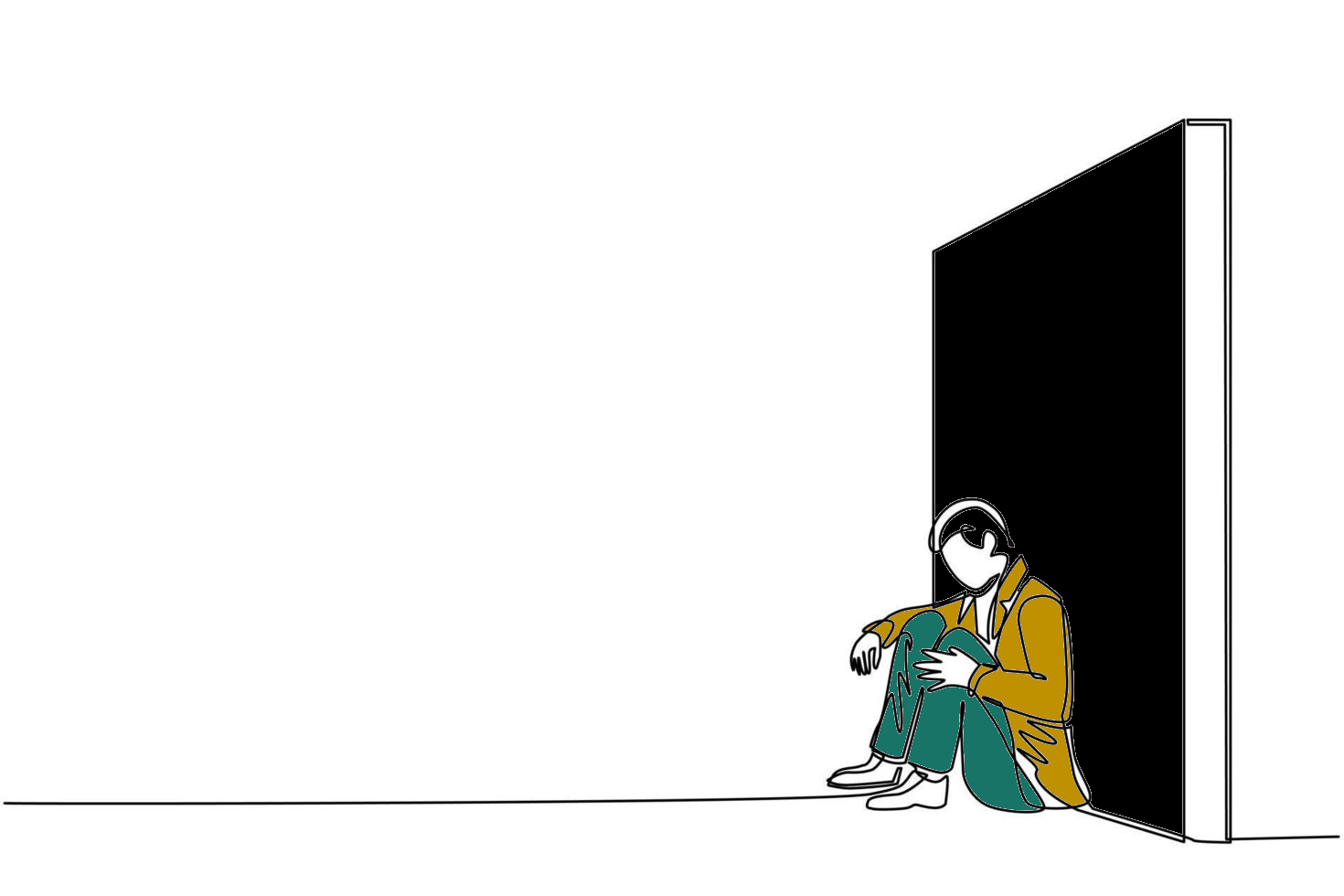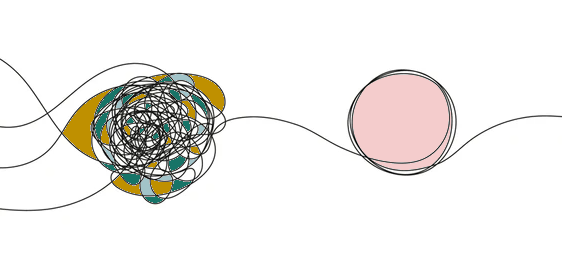Understanding stress and the physical body

Have you ever felt stuck in a cycle of stress, worry, or anxiety — like your body just won’t relax, no matter how hard you try?
You're not alone. Millions of people live in a constant state of stress, and it’s not just “in your head.” Stress actually changes how your brain and body work. Over time, it can lead to serious health problems like anxiety, depression, digestion issues, pain, or even heart disease.
But the good news? You can learn how to help your body feel safe again. And healing is possible.
What Happens When You're Stressed
When something feels scary, dangerous, or overwhelming, a small part of your brain called the amygdala jumps into action. It tells your body, “Get ready — we’re in danger!”
Your body then releases stress hormones like adrenaline and cortisol. These chemicals make your heart beat faster, your breathing get quicker, and your muscles tense up. This is called the fight-or-flight response.
This reaction helped keep our ancestors alive when they had to escape wild animals. But today, most of us feel this stress while sitting in traffic, answering emails, or worrying about bills — and there’s no “lion” to run from. Our bodies stay stuck in stress mode. And when that happens too often, it can wear us down.
What Long-Term Stress Can Do
If your body stays in this state for weeks, months, or even years, it can cause serious problems. This once-helpful, now-harmful chemical overload of stress hormones can start to have negative effects, including:
- Digestive issues (like IBS, bloating, or heartburn)
- Chronic pain or fatigue
- Autoimmune problems
- Anxiety and depression
- Trouble sleeping
- Heart disease or high blood pressure
Many of us don’t realize that these symptoms are often signs of stored stress or trauma in the body.
Why So Many People Feel This Way
Today’s world is fast, busy, and often overwhelming. Many of us have experienced things that were scary, painful, or hard to handle — even if we didn’t realize it at the time.
These experiences — especially in childhood — can leave a lasting impact. They shape how our nervous system reacts to stress.
You may have heard of the ACE score (Adverse Childhood Experiences). It’s a way to measure how much stress someone may have gone through as a kid. Studies show that a high ACE score is linked to many health problems later in life — but again, healing is possible.
So, What Helps?
Healing from chronic stress isn’t about quick fixes. It’s about working with your body, slowly and gently, so it can start to feel safe again.
There’s no one-size-fits-all plan, but experts agree that a titrated, step-by-step approach using different tools works best. This method gives your nervous system time to adjust without getting overwhelmed.
Here are the four stages of healing you'll move through:
1. Awareness
You start to notice your patterns: when you feel stressed, what triggers you, and how your body reacts. You learn that your symptoms are real — and that they come from a nervous system stuck in survival mode.
2. Safety & Regulation
This is where you build tools to feel safe in your body again. You might try deep breathing, gentle movement, or grounding exercises. The goal is to help your body understand: “We’re okay now.”
3. Processing
Once your body feels safe, you can start to gently process the emotions, memories, or stuck energy that’s been held inside. This might happen through therapy, journaling, creative expression, or somatic (body-based) practices.
4. Integration
You begin to live differently. Your body knows how to come back to calm. Your symptoms lessen. You feel more present, clear, and connected. You trust yourself. You feel free.
Healing takes time — and that’s okay. You’re not broken. You’re human. And your body wants to heal.
With the right support and steady steps, it absolutely can. 💕










